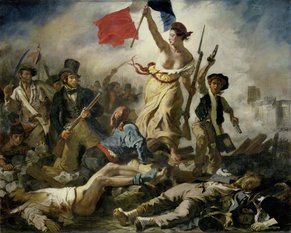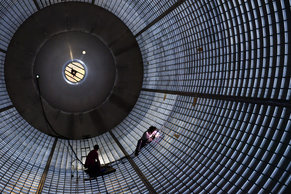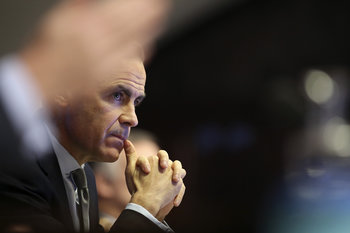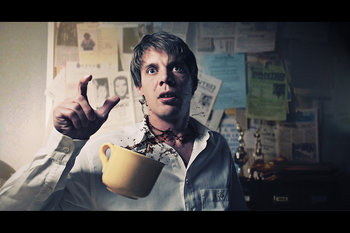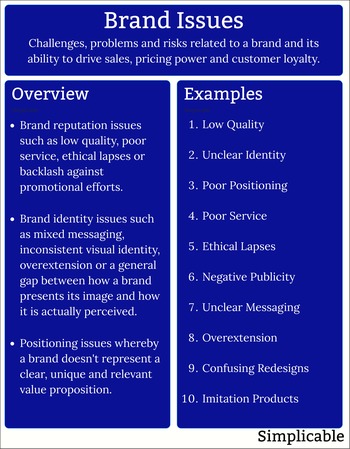
Legislature, Executive and Judiciary
The government of the United States has three branches that each have the power to check or limit the power of the other two. The legislative branch is the United States Congress that is divided into a lower body, the House of Representatives, and an upper body, the Senate. The legislative body has broad authority to make laws, tax and spend alongside other powers such as the power of impeachment. The executive branch is the president of the United States who has broad power to represent the United States internationally, to run the government and to veto bills passed by Congress. The judiciary is the system of courts in the United States, particularly the Supreme Court. The judiciary interprets the law and the Constitution of the United States and determines if laws passed by the other two branches are constitutional.Separation of Powers
The generic term for checks and balances is separation of powers. Many nations have a system of three or more branches of government. For example, Canada has an executive branch in the largely symbolic role of the monarch of Canada who is also the Queen or King of the United Kingdom and 14 other Commonwealth nations. The prime minister of Canada is the head of government and can be changed at any time by the largest party or coalition in Canada's parliament, known as the House of Commons. For this reason, it could be said that a prime minster isn't as independent as a president. As with the United States, Canada has a constitution and a supreme court.Governance Bodies
The governance structures of corporations and other organizations is analogous to the separation of powers in government. Power over organizations is often separated into three bodies: management, governance and regulators. Management runs the organization and is lead by a single individual such as a Chief Executive Officer or Managing Director. A governance body such as a Board of Directors represents the owners of the organization. Regulators are government authorities that have jurisdiction over the organization.Independent Oversight
The principle of checks and balances can be applied to administrative bodies such as government departments or authorities. For example, it is a basic principle of governance that all departments of government be under the supervision of an independent oversight body. This oversight monitors and audits the department or authority. They also accept and investigate complaints and have broad power to correct problems with disciplinary actions.Segregation of Duties
Segregation of duties is the principle that no individual have the authority to administer two conflicting duties. This is basic governance and compliance that is commonly implemented by organizations and government departments. For example, a hiring process where a manager can't set the salary for people they hire as human resources negotiates all salaries. This prevents people from hiring people they know at unreasonably high salaries. By carefully distributing authority in this way an organization can prevent and detect fraud, cronyism and compliance issues.Notes
The term checks and balances specifically refers to the structure of the government of the United States into three branches of government. The other examples above are examples of the more general principle of separation of powers whereby governments and organizations are structured to distribute authority such that no single authority has unlimited power or is beyond the rule of law.| Overview: Checks And Balances | ||
Type | ||
Definition (1) | The principle that power be distributed in order to prevent the abuse of power by a single entity. | |
Definition (2) | The structure of the Federal government of the United States that implements separation of powers with three branches of government. | |
Definition (3) | The principle that governments and organizations be structured to distribute authority such that no single authority has unchecked power or is beyond the rule of law. | |
Related Concepts | ||

